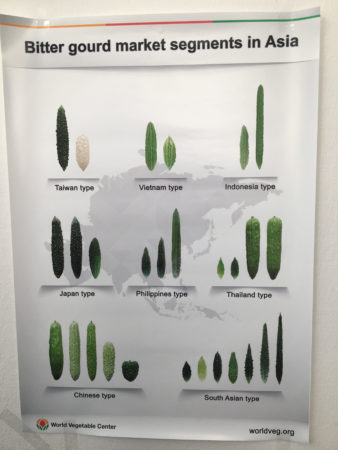- Getting trade to contribute to nutrition. Hard row to hoe.
- Elegiac introduction & postscript by Robert Macfarlane to a fabulous pean to wild Kazakhstan apples by the late, great Roger Deakin called East to Eden.
- And the connection between the above and “wild” apples in Scotland.
- An expensive poster showing how domesticated apple varieties relate to each other. I have to say I’m sorely tempted.
- Sorely tempted by this documentary on some cidermakers’ trip to Kazakhstan too.
- Nice to see my map of barley genebank accessions used in a blog post about mapping human DNA phylogenies.
- Your regular reminder that “PCLG is an international network of organisations coordinated by IIED that promotes learning on the linkages between people and biodiversity conservation” and that their newsletter is well worth subscribing too.
- And here are IIED’s best publications of 2019, including “Biodiversity loss is a development issue,” which is one of the great titles of our time, and not a bad paper either.
Nibbles: CWR book, Seed pix, Distilling, Sorghum, Posters, Self-sufficiency
- E-book on using crop wild relatives in breeding.
- The aesthetics of conserving seeds.
- The best corn for whiskey.
- Going back to sorghum in Kenya.
- Another take on how to make a cool scientific poster.
- One way to crunch the numbers on eating local.
Sweet poster on bitter gourds from WorldVeg
 Had no idea Asian countries were so particular about their bitter gourds. About 500 accessions in the world’s genebanks to play with.
Had no idea Asian countries were so particular about their bitter gourds. About 500 accessions in the world’s genebanks to play with.
Help improve PGRFA data
A couple of short surveys for you, if you’re into that kind of thing.
- Help the Crop Trust improve Genesys.
- Help the Plant Treaty improve the management of data on in situ conservation of crop wild relatives.
Twenty minutes tops to do both, I promise.
Nibbles: CGN, Software, Foods, MSB, Old date, Cacao lab, Cherokee seeds, Data viz, Popmillets
- New-look website for the Dutch genebank.
- Software for germplasm management.
- 198 countries, 198 fave foods.
- A visit to the MSB. With video goodness.
- Cherokee Nation sends sacred seeds to Svalbard. No video yet.
- Update on that 2000-year-old date.
- UC Davis gets a new cacao lab from Mars. Maybe a genebank next?
- Plot your data online, why don’t you.
- Puffing up millets.